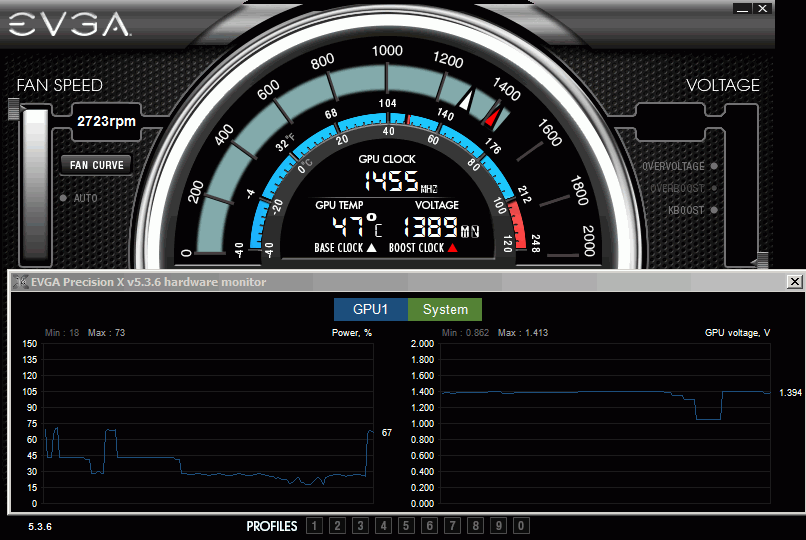
The performance hit from memory underclocking is miniscule in our experience, and may even slightly offset the temperature increase due to core overclocking.īy default, most GPU fans run quiet and slow, prioritising a quiet sound profile over keeping temperatures as low as possible. You could alternately underclock your memory by moving the slider to the left to slightly reduce your temps. Increasing the memory clock can give you higher memory bandwidth, but the actual benefits of memory overclocking are substantially lower than core overclocking.
Mem Clock Offset determines your memory overclock. While you can get around this with BIOS flashing, extremely high overclocks aren’t likely to be stable in the first place. For instance, on the Lenovo Y400, the GPU Clock Offset is capped at +135 MHz. certain laptops), the clock offset will be capped. DO NOT max this slider out under any circumstances. 
Shifting this slider to the right will increase your core clock by the corresponding value.
GPU Clock Offset determines your actual overclock. I recommend not setting this above 85 degrees Celsius to minimise long-term wear and tear on your card. The temperature target works the same as the logic in an air conditioning unit: It adjusts the GPU’s clock speed so as to stick to a given temperature. Your card operates at the max clock set for it until reaching the temperature target, at which time it begins downclocking to prevent itself from running hotter. Temperature Target determines the target operating temperature for your card. With the higher power target, your card will be able to maintain high clocks for longer periods of time. Set this as high as it’ll go-this is usually locked at 10-20 percent depending on your card. At the stock setting, when your card’s power usage crosses the 100 percent threshold, it will begin downclocking. Power Target sets the target power consumption for your card-increasing this above 100 percent will allow your card to draw more power than the rated TDP. Have a look at the available options in the main menu, and get a good idea of what each option does. 
Step Two: Familiarising yourself with the main options Explore the main menu settings in EVGA Precision X.

Most other overclocking utilities offer a similar feature set, so simply replicate our instructions here with your overclocking utility.
FRAPS to record and compare your framerates. Any compatible AMD or Nvidia graphics card. EVGA Precision X, MSI Afterburner, or similar software. No, it’s not for the faint of heart, but if you read our pre-overclocking guide, you’ll have a good idea of what you’re getting into.







 0 kommentar(er)
0 kommentar(er)
